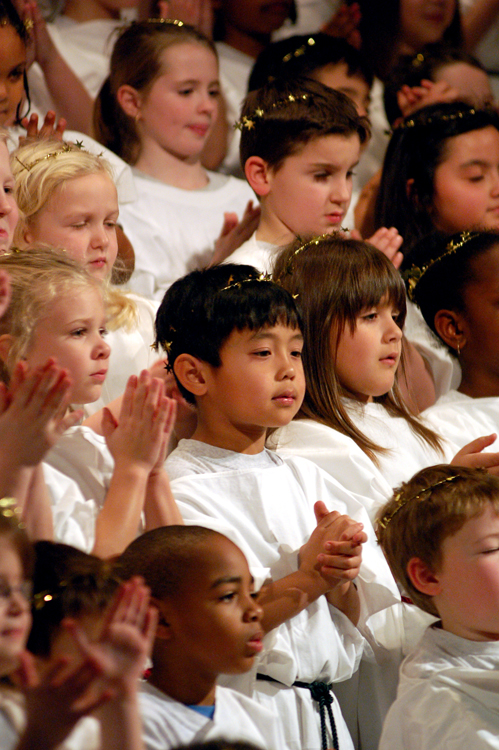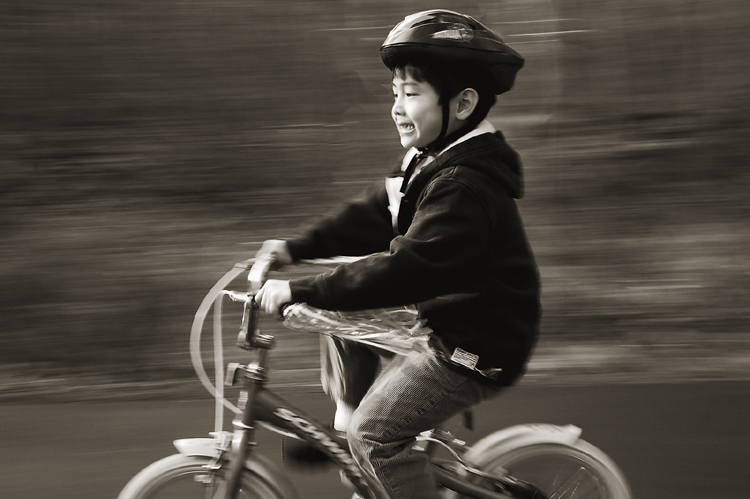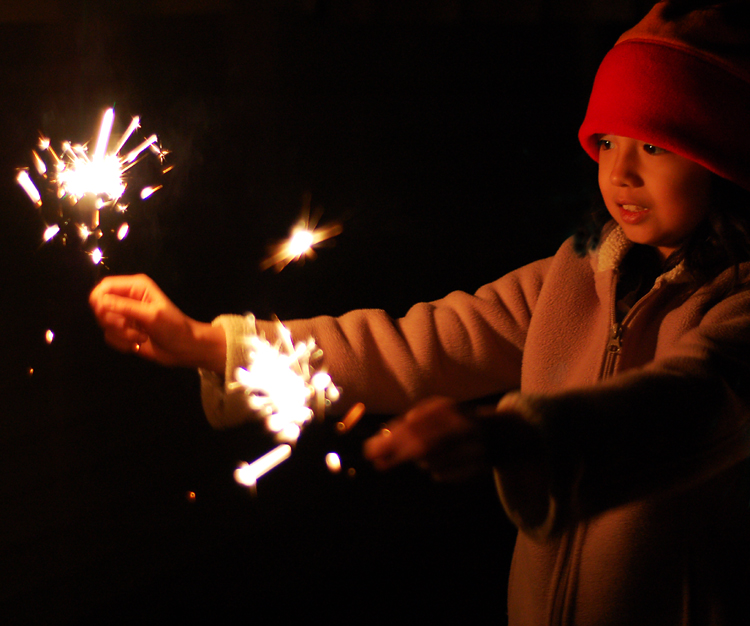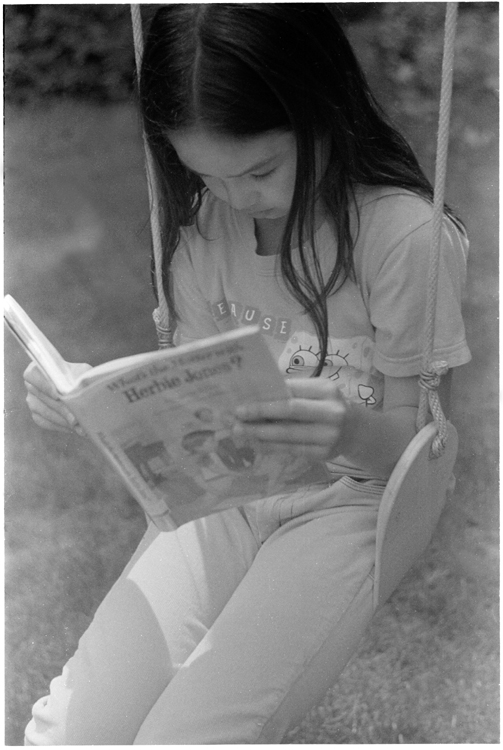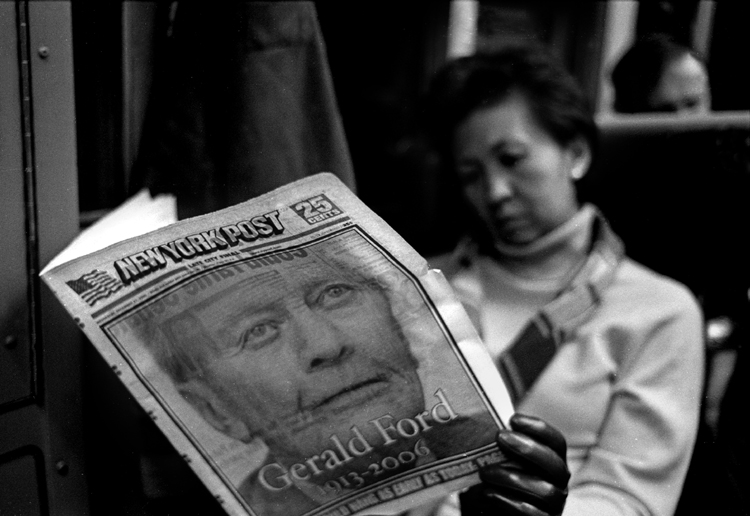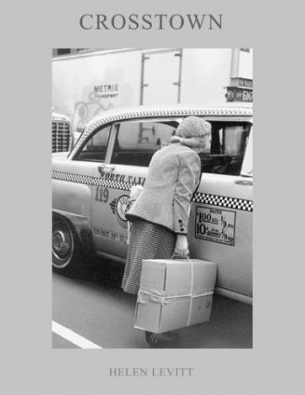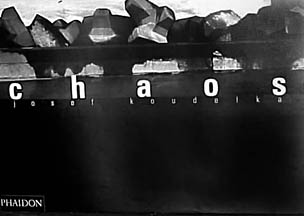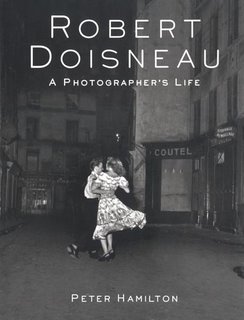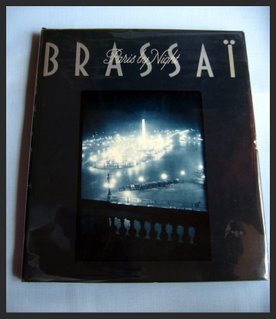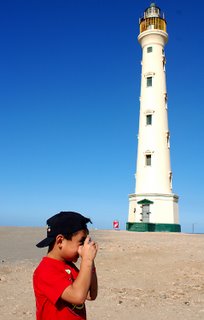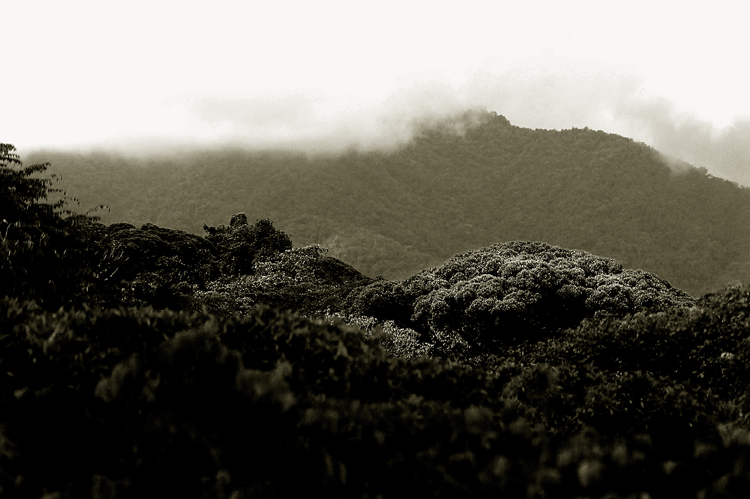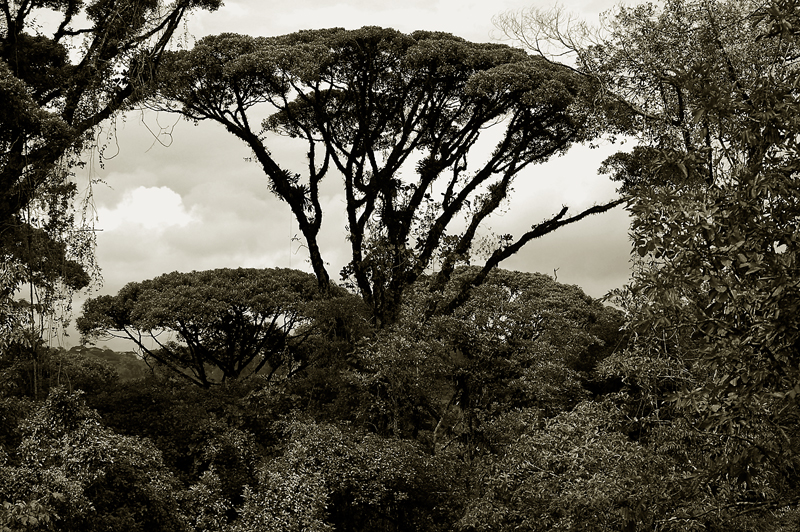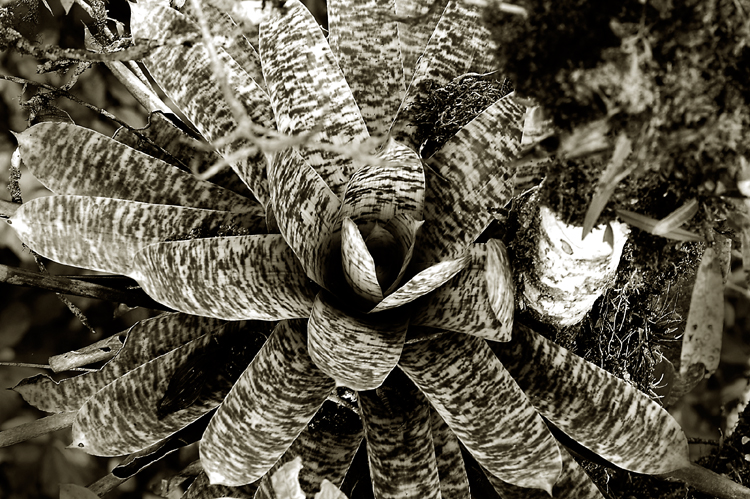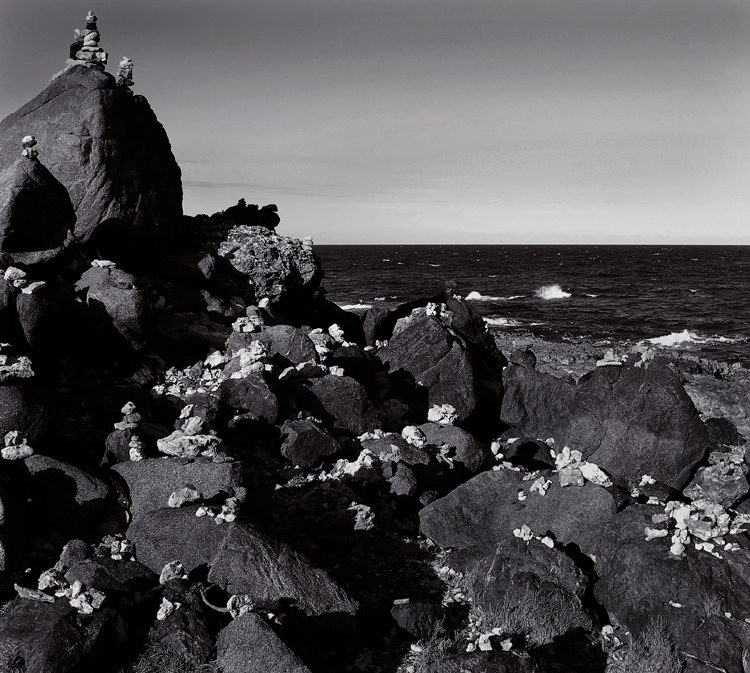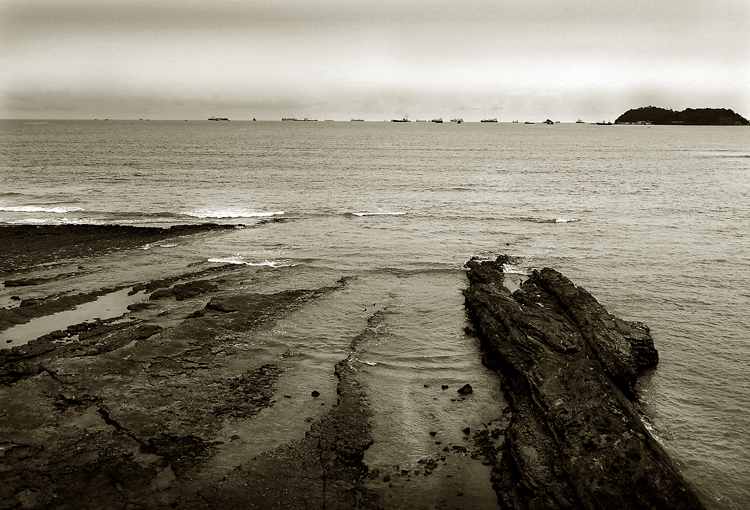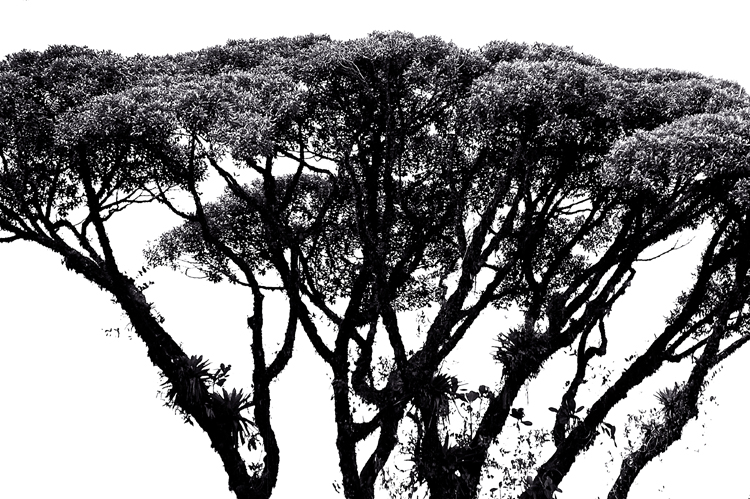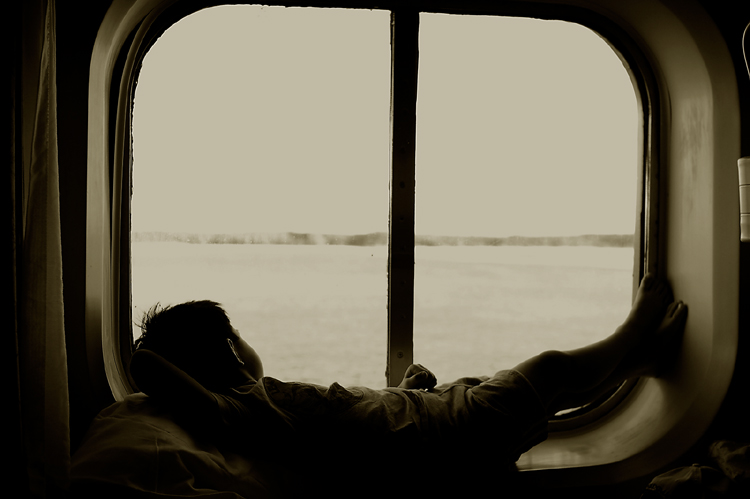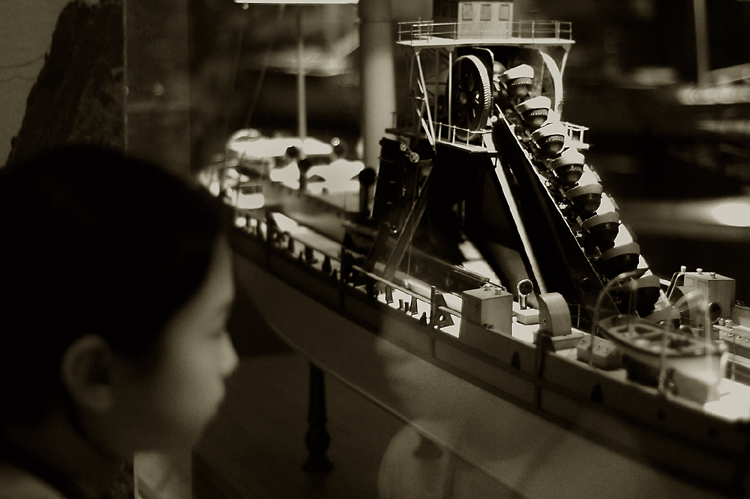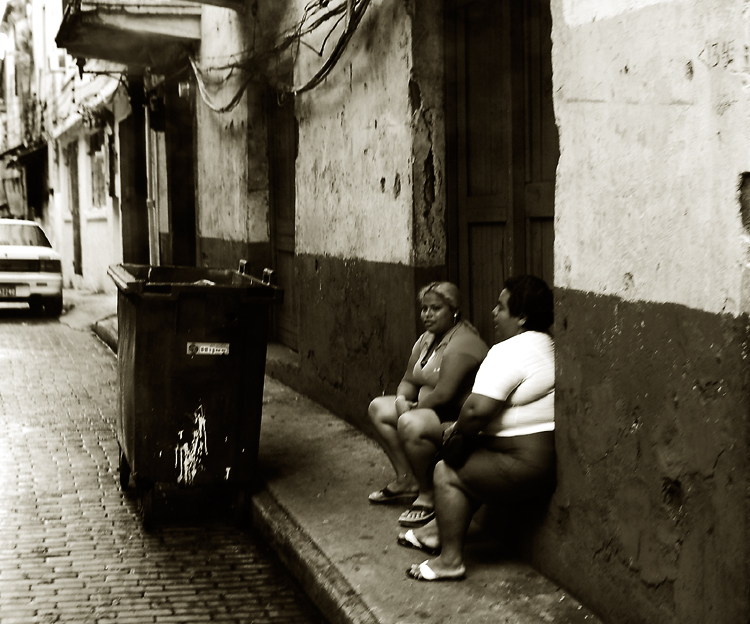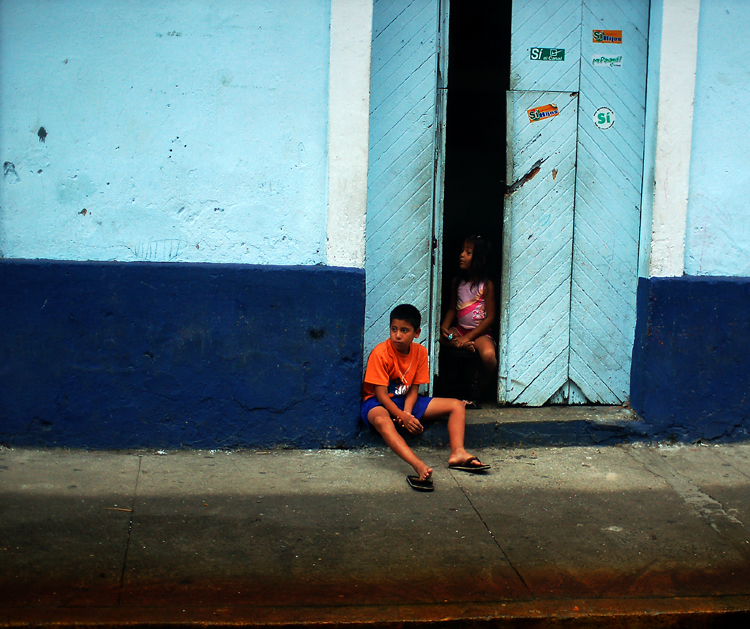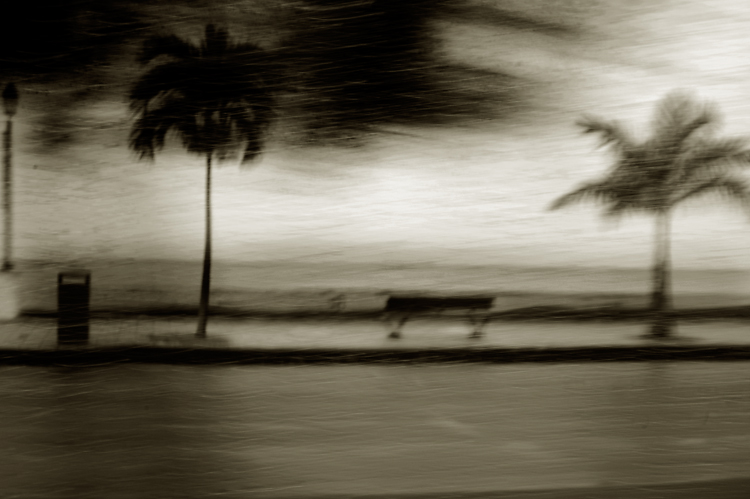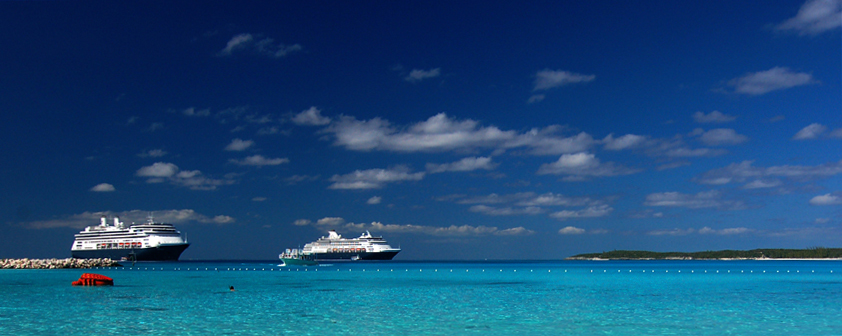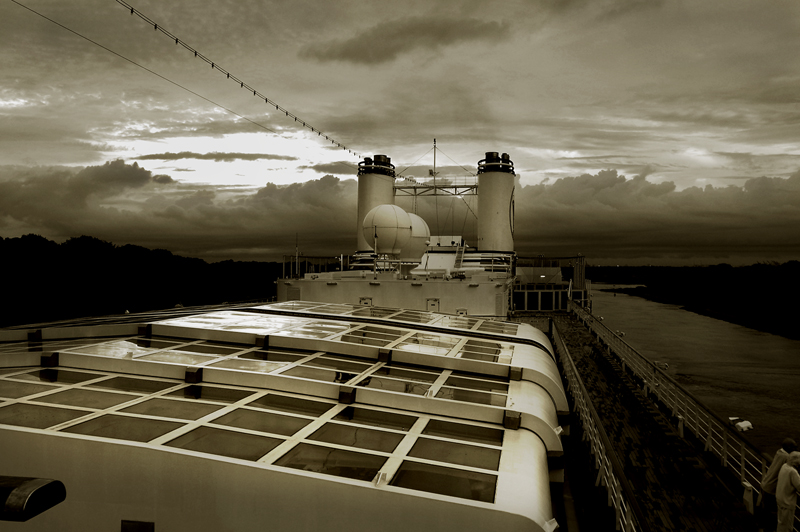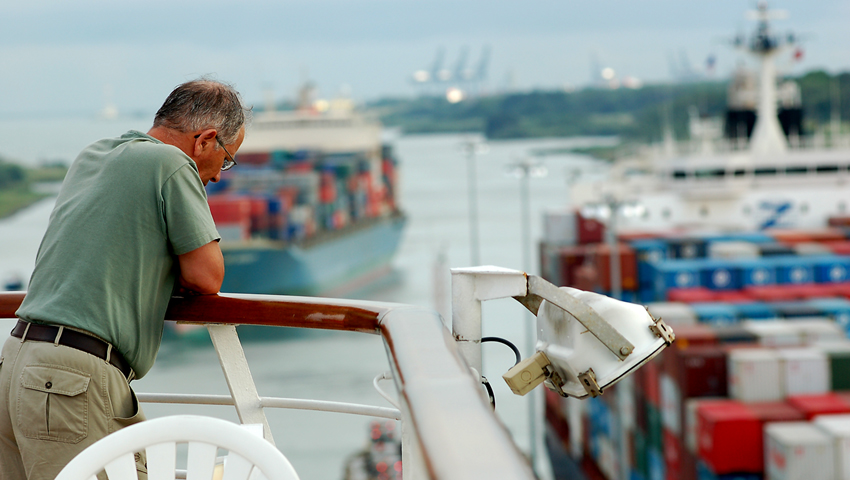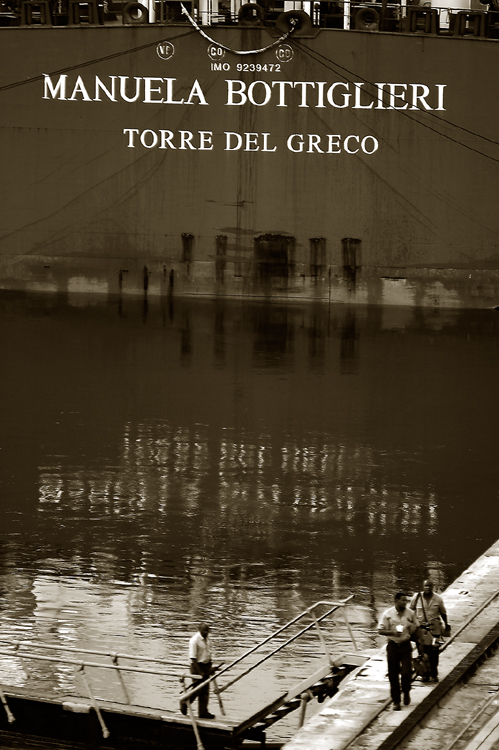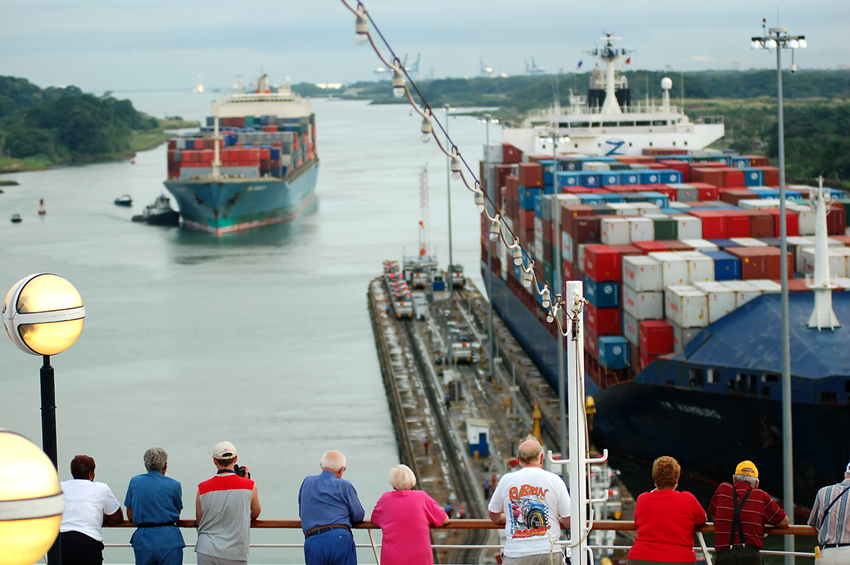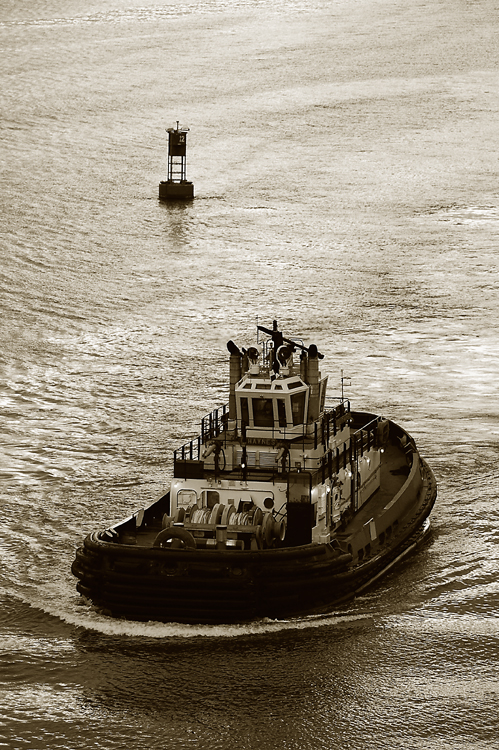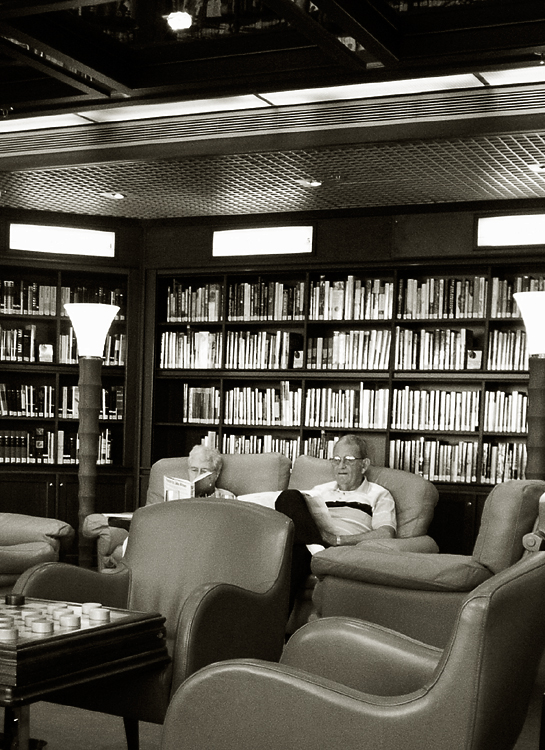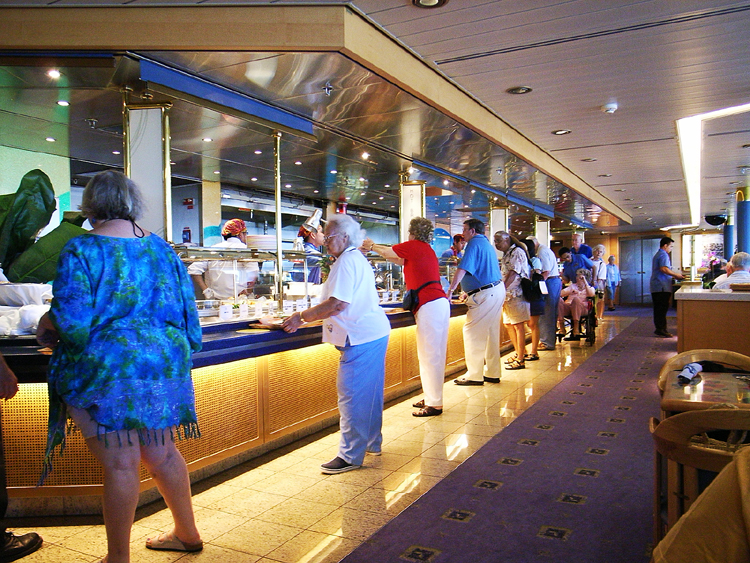MS Amsterdam
Guests: 1,380
Crew: 590
Commander: Capt. Dirk van den Berg
Cruise Director: Jill Tasker
Guest Relations Manager: Grace Zerna
Executive Chef: Peter Kolfer
Dining Room Manager: Iman Sugondo
Our La Fontaine Waiter: Oka
Our La Fontaine Wine Steward: Romy
Cabin Steward: DB
Panama Sunfarer Cruise
November 9-19, 2006
Day 1: Fort Lauderdale, Florida
Day 2: Half Moon Cay, Bahamas
Day 3: At Sea
Day 4: Oranjestad, Aruba
Day 5: Willemstad, Curacao
Day 6: At Sea
Day 7: Panama Canal, Panama
Day 8: Puerto Limon, Costa Rica
Day 9: At Sea
Day 10: At Sea
Day 11: Fort Lauderdale, Florida
 Oka and our Baked Alaska
Oka and our Baked Alaska
The holiday was great. The cruise itinerary was very relaxing, less hectic than the european cruises we had done. Best of all, the kids had a blast. Read
Rica's blog entry for a first hand report!
The Amsterdam had an impressive facility for kids, called Club HAL, with activities for the children to keep them busy and active. What I did not expect was the way the crew took to our children. Many of them knew rica and miguel by name. They helped them carry their trays at the buffet line. The guy at the poolside grill would already have the burger and fries plated when he saw mikey coming. The kitchen would specially prepare anything they wanted outside of the menu during the sit-down dinners. DB, our cabin steward, even made the kids a different surprise animal with towels and chocolates every evening when he turned down the beds.
And all of them would then tell us of their own stories. How each of them had little children of their own left back home, and how they have not seen for many months. See, these guys work for 6-12 months straight. I mean 12 hour days, 7 days a week. Then they get to go home for 2-3 months, until they sign up aboard again.
Where is home? The Holland America ships are manned by a handful of Dutch officers. Of the rest of the crew, half is from Indonesia, and the other half, from the Philippines.
Well, back to the cruise. The obvious highlight is the passage through the Panama Canal. I enjoyed the ride across to the Pacific side to Panama City as well. But personally, my favorite was Costa Rica. Specifically, the one-hour
cable car (6-person open "gondolas") ride along the canopy of the lush rainforest. Suspended 160 feet above the floor of the jungle, the sights and sounds are breathtaking. A once-in-a-lifetime experience. I had only imagined this ever since I saw, as a biology major in college, Sean Connery's movie "
Medicine Man," where he played a botanist who discovered the cure for cancer while hanging from bungee cords high up in the Brazilian rainforest.
Enough talk. Click
HERE for a flickr slideshow of the cruise highlights. Enjoy!


